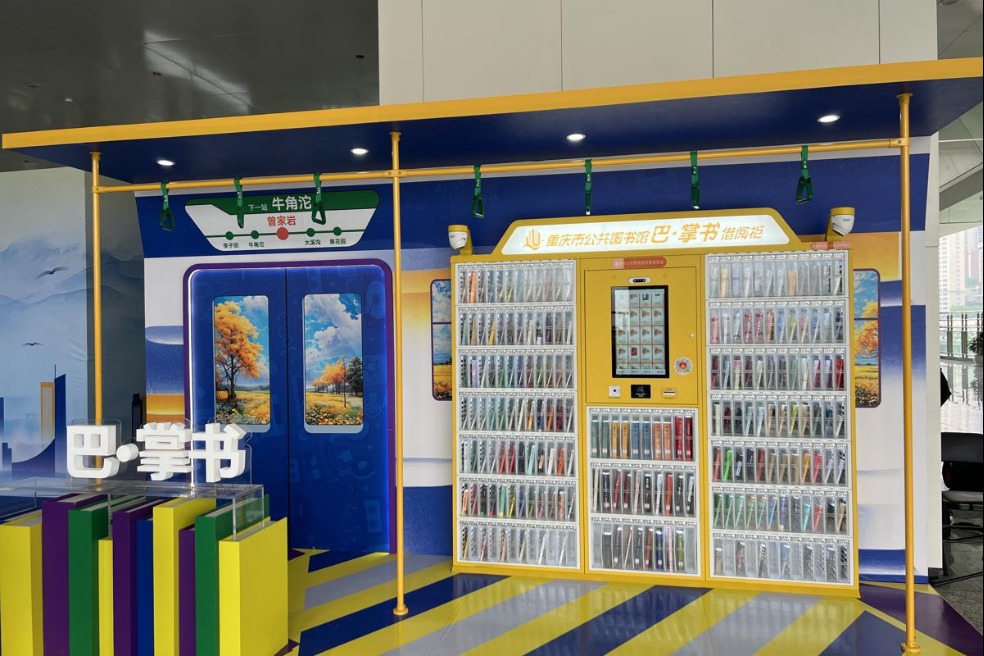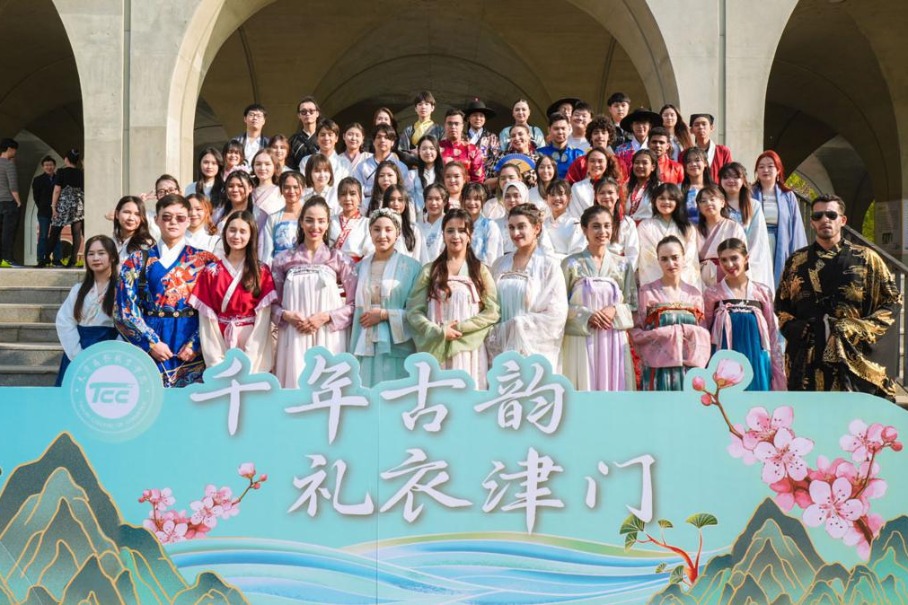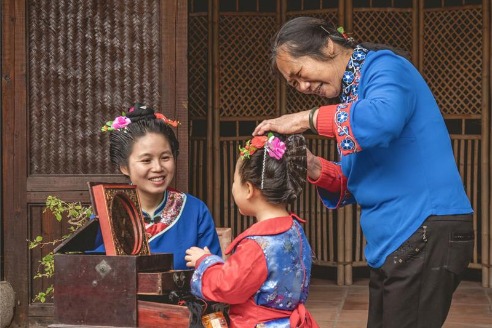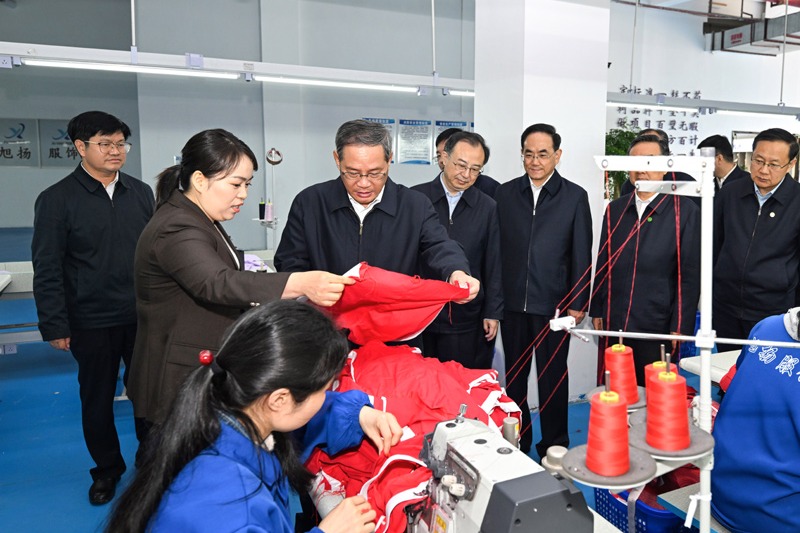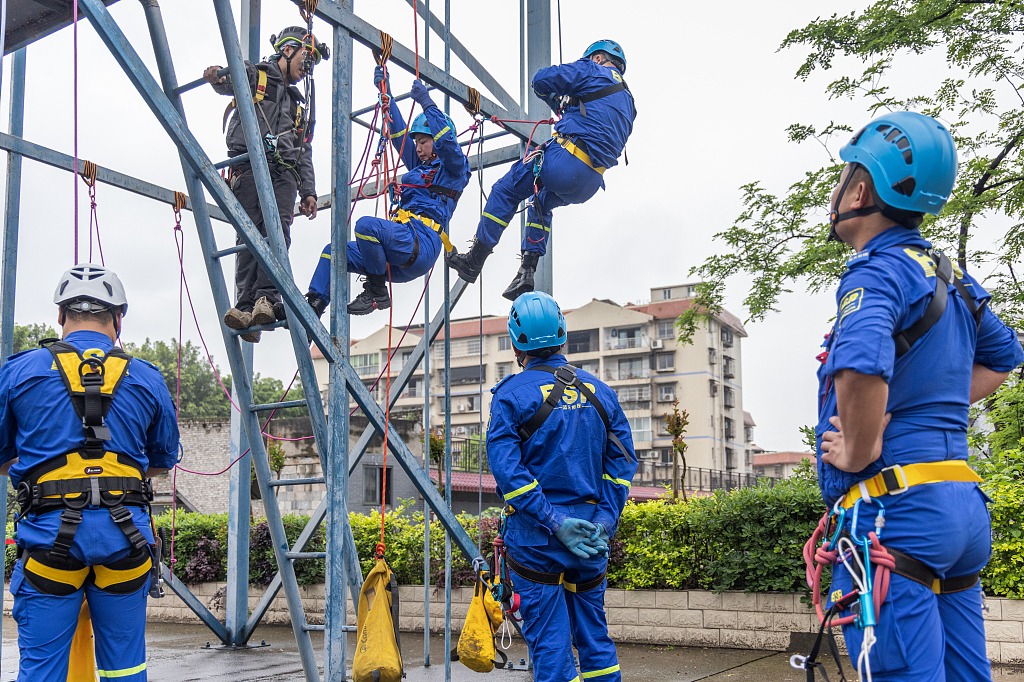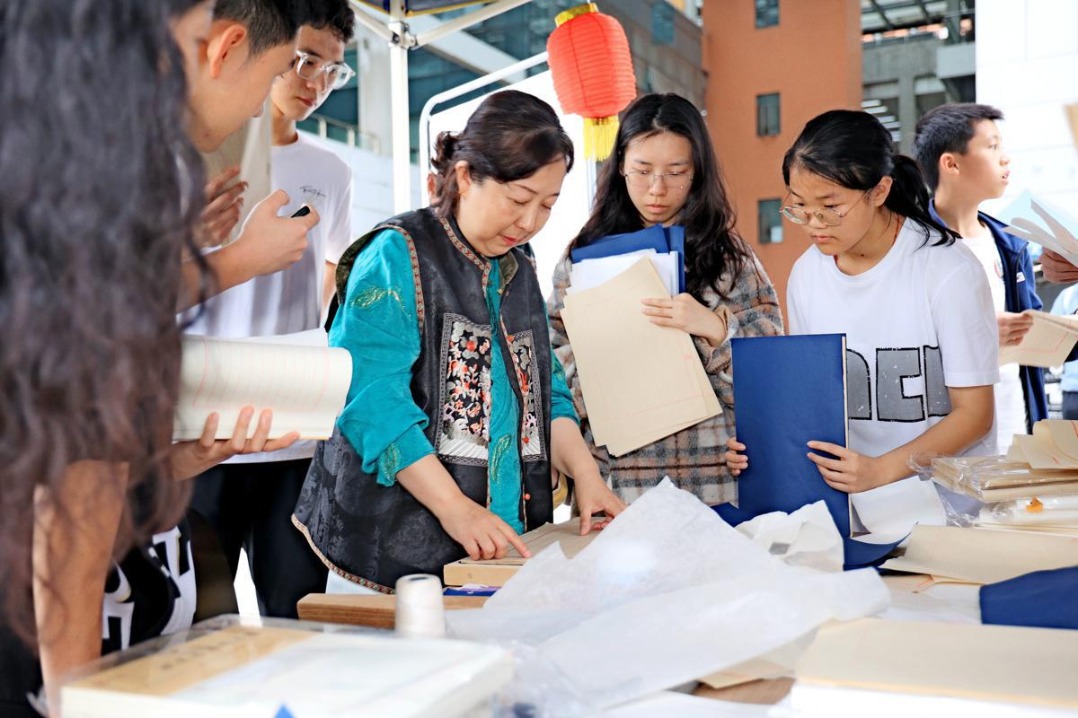Tang murals spring to life


One of the biggest concerns of museums loaning out pieces from their collection is ensuring the safety of precious artifacts during the shipment process. And amid the pandemic, the logistics of transporting anything have only become more complicated.
The advantages of experiencing artifacts virtually can be fully appreciated at A Glimpse of Tang Prosperity from Murals: The Exhibition Tour on Murals of the Tang Dynasty (618-907), now on at the Indra and Harry Banga Gallery of the City University of Hong Kong. The exhibition is jointly organized by the China Soong Ching Ling Foundation, National Cultural Heritage Administration, Shaanxi Provincial Cultural Heritage Administration, and Hong Kong Rosamond Foundation.
A Glimpse of Tang Prosperity showcases 42 mural paintings from the Qianling Mausoleum, an imperial tomb site in Shaanxi province, Northwest China, which was partially excavated in the 1960s and '70s. The mausoleum houses the tomb of Emperor Gaozong (628-683) and his wife, Wu Zetian (624-705), as well as 17 smaller attendant tombs. The site is famed for its many stone statues above ground as well as the mural paintings gracing the tombs' subterranean walls. These murals have been brought to life as light projections, and even animations, on the walls of passages in the exhibition gallery in a way that evokes the paintings' real-life settings.
Over 20 polo players on horseback can be seen in one such animation - generated from a mural so huge it had to be sliced into five segments during extraction. Some players aim their mallets at the ball, others dash toward the scene, while on an otherwise bare patch of field stand five solitary pines. A similarly grand mural depicts 46 characters on horseback engaged in an imperial hunt, accompanied by trained falcons and hounds (hunting animals) as well as camels (pack animals). In both paintings, there is an artful balance between dynamism and tranquility, detail and empty space: a clear demonstration of the conceptual and technical refinement of the Tang Dynasty artists.
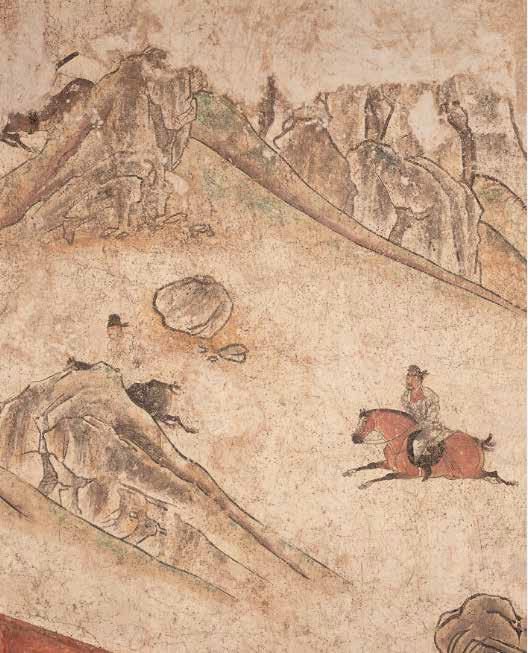
While these magnificent works can be appreciated in the pages of a book, it is that much more stirring to view them at full size, or larger, as is possible at A Glimpse of Tang Prosperity. Besides bringing to life people and costumes from more than 1,300 years ago, the Qianling Mausoleum murals shed light on the period's rich social life, and vibrant intercultural exchanges between China and other countries. Visitors can explore the etiquette and ceremonies of the imperial court as well as music and dance performances presented in the palace - some by foreign artists of striking appearance. Attendees can also be transported, via a four-minute animation video, to the bustling Tang capital of Chang'an: a cosmopolitan city of 1 million inhabitants in its heyday (around AD 750), where all kinds of people rubbed shoulders, from locals and merchants to foreign envoys and visiting scholars.
The gallery has done a fine job of tapping the potential of a relatively new medium in creating a virtual museum experience. According to the show's curator, Davis Leung Koon-man, an additional impetus for producing the animations was to appeal to the future custodians of our society's art and culture. "Art for the next generation is a global trend in museum exhibitions," he notes, hoping that the animated murals will be vivid and interesting enough to pique young people's curiosity and lead them to further exploration.
What is certain is that technology is enabling more people in more places to encounter these intriguing relics. For museums striving to become more agile, more mobile, and more capable of sharing precious artworks without risking their damage, there is plenty to be said for using light projections and animations in lieu of transporting the originals.
Three-dimensional holograms are surely just around the corner.
- New diagnosis policies rolled out in China, health official states
- Asia's first Peppa Pig theme park to open in Shanghai
- Former director of religious affairs pleads guilty for bribery
- All-aboard! 11-Day tourist train circles Qinghai, Gansu, Xizang
- 149,000 cases filed this year in anti-graft campaign
- Nepali resident marks milestone as 10,000th Letse Port passenger
















